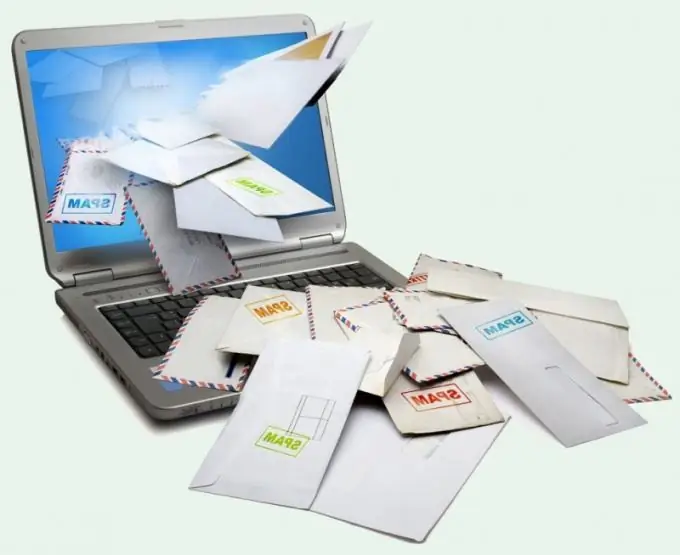- Author Lauren Nevill [email protected].
- Public 2023-12-16 18:48.
- Last modified 2025-01-23 15:15.
Social networks have become a favorite area of activity for malware creators. Trojans steal personal data of users, viruses block surfing on the Internet and direct visitors to duplicates of popular sites. Spam is sent from an infected computer with an invitation to visit an interesting resource or admire photographs. The gullible user who takes up this invitation gets the virus onto their own hard drive.

Instructions
Step 1
If, when you try to enter the Vkontakte website, you are offered to re-register your account by sending sms to a short number, you should know that you have become a victim of a spam virus. Open the C: WINNTsystem32driversetc folder and find the hosts file.
Step 2
Double click on it and select "Notepad" in the list that appears. This text file should contain developer comments marked with a pound sign “#” and the line 127.0.0.1 localhost. Delete the text that follows this line - most likely, the changes were made by a virus.
Step 3
Delete all cookies and temporary files created by browsers. If you are using IE, right click on its icon and choose Properties. In the "General" tab in the "Browsing history" section, click "Delete" and check the appropriate boxes.
Step 4
In the Mozilla browser, in the "Tools" menu, select the option "Erase recent history …" Expand the "Clear" list and check "All". In the list of "Details", check the boxes next to the items "History", "Cookies", "Cache", "Active sessions" and click "Clear now".
Step 5
If you have Opera installed, select "Settings" and "Delete personal data". Expand the "Detailed settings" list, mark the necessary items and delete the content.
Step 6
In Control Panel, click the Administrative Tools node and start the Services snap-in. On the right side of the screen, view the list of running services. Stop those that are not related to the work of programs installed by the system or by you. To do this, by clicking the right button, call the drop-down menu and select the "Stop" command.
Step 7
Then, in the drop-down menu, select "Properties" and in the "Executable file" section, find the folder containing the program that starts the process. If the file seems suspicious to you, go to the Internet from another computer and find information about it using search engines. If there is any reason to believe that it is a virus, delete the file.
Step 8
Start Registry Editor. To do this, use the Win + R combination to call the command line and enter regedit. From the Edit menu, choose Find and enter a name for the file. Click "Find Next.." If the system finds a virus, delete the folder containing it.
Step 9
If you cannot cope with the problem on your own, download the very useful AVZ4 utility and run it on your computer. Check the disks that need to be scanned and select Scan from the File menu. After completing the scan, run the "System Restore" option in the same menu. Check the boxes for the processes that need to be fixed.






